Species Photo Gallery for Cedusa mallochi No Common Name 12 |
 | Photo by: Rob Van Epps
Mecklenburg Co.
Comment: Several found on Winged Sumac (Rhus copallinum). Female. | 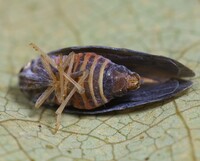 | Photo by: Rob Van Epps
Mecklenburg Co.
Comment: Several found on Winged Sumac (Rhus copallinum). Female. |
 | Photo by: Rob Van Epps
Mecklenburg Co.
Comment: Several found on Winged Sumac (Rhus copallinum). Female. | 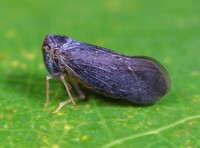 | Photo by: Rob Van Epps
Mecklenburg Co.
Comment: Several found on Winged Sumac (Rhus copallinum). Male. |
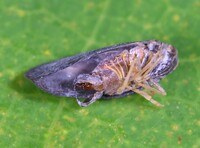 | Photo by: Rob Van Epps
Mecklenburg Co.
Comment: Several found on Winged Sumac (Rhus copallinum). Male. |  | Photo by: Rob Van Epps
Mecklenburg Co.
Comment: Several found on Winged Sumac (Rhus copallinum). Male. |
 | Photo by: Rob Van Epps
Mecklenburg Co.
Comment: Several found on Winged Sumac (Rhus copallinum). Male. | 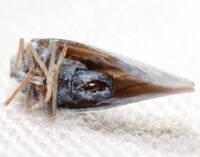 | Photo by: Kyle Kittelberger, Brian Bockhahn
Polk Co.
Comment: male |
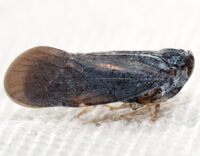 | Photo by: Kyle Kittelberger, Brian Bockhahn
Polk Co.
Comment: male | 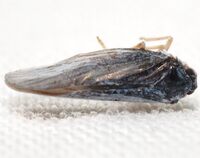 | Photo by: Kyle Kittelberger, Brian Bockhahn
Polk Co.
Comment: male |
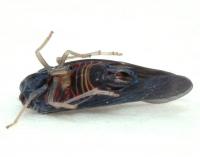 | Photo by: Kyle Kittelberger, Brian Bockhahn
Orange Co.
Comment: Field habitat with a sweetgum edge. Specimen collected and sent to Charles Bartlett for identification; a male. | 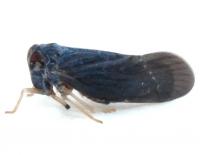 | Photo by: Kyle Kittelberger, Brian Bockhahn
Orange Co.
Comment: Field habitat with a sweetgum edge. Specimen collected and sent to Charles Bartlett for identification; a male. |
|

 »
»
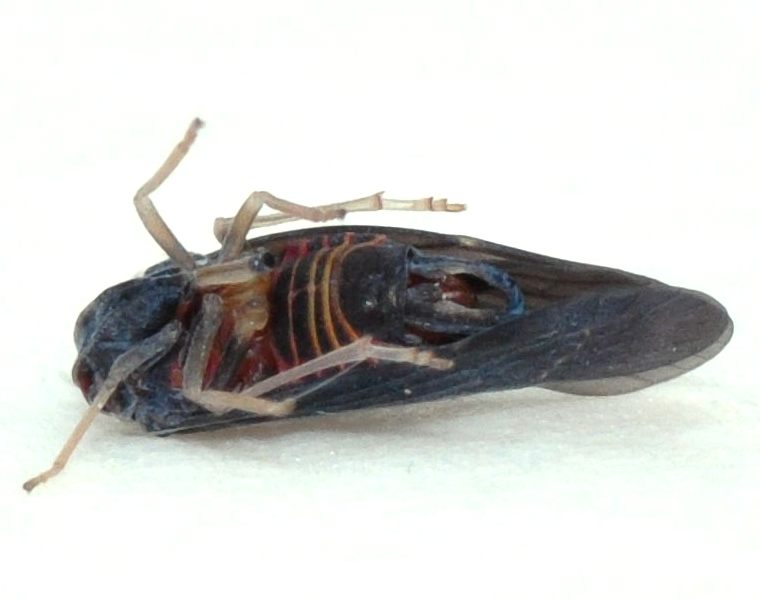

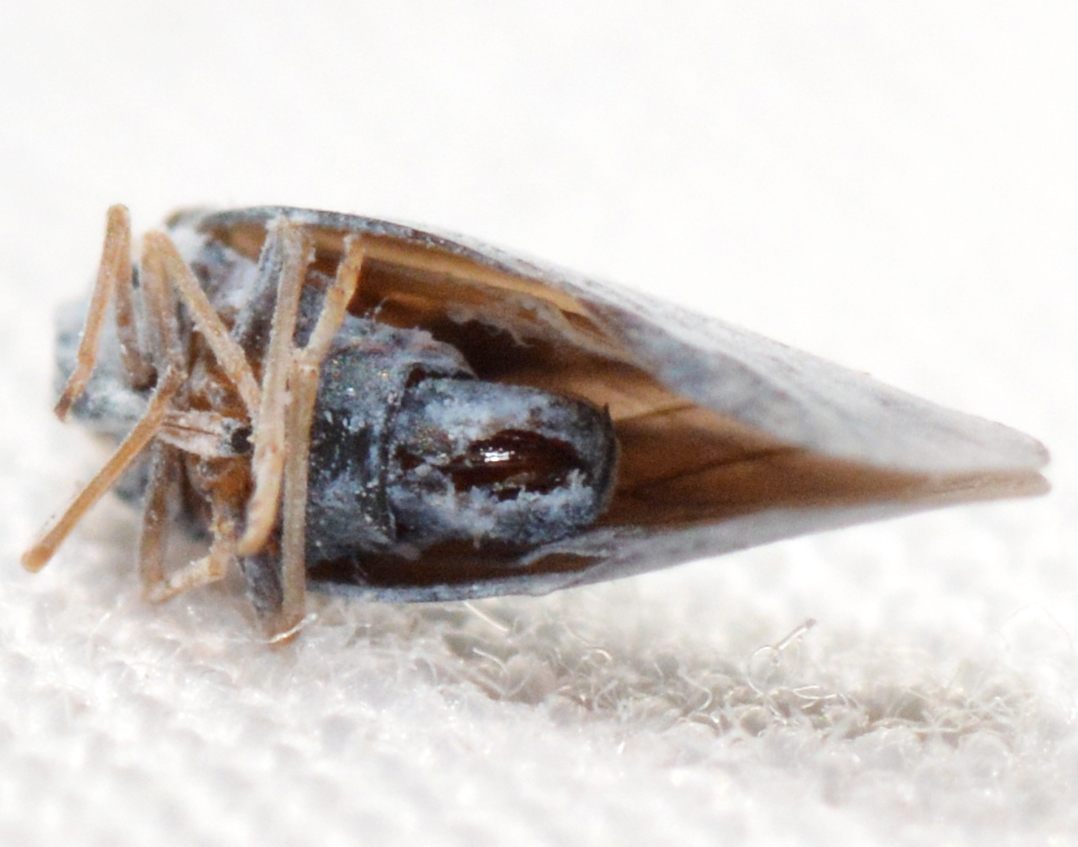

 »
»


